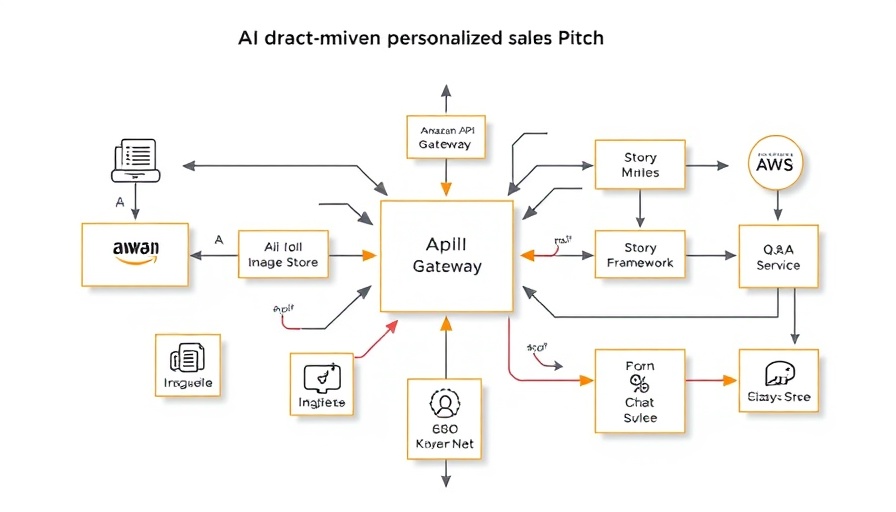
The Unlikely Connection Between AI and Arson
In a shocking case, Florida resident Jonathan Rinderknecht has been accused of starting the devastating Palisades Fire that ravaged parts of California, fueled by an alleged use of ChatGPT to create an image of a city engulfed in flames months before the inferno struck. This incident not only highlights the tragic consequences of arson but also raises profound questions about the potential misuse of generative AI technologies.
The Palisades Fire: A Closer Look
On January 1, 2025, California faced one of its most destructive wildfires in history, the Palisades Fire, which resulted in the loss of 12 lives and the destruction of more than 6,000 structures across 23,000 acres. Rinderknecht's arrest comes on the heels of extensive investigations linking him to the crime through various techniques like video surveillance and witness testimonies. Notably, his alleged interaction with ChatGPT included a prompt that produced imagery of flames and chaos, deemed to exhibit premeditated intent.
AI's Role in Criminal Proceedings: A New Frontier
This case represents a possible first for law enforcement as an AI chatbot’s log is introduced as evidence in a criminal investigation. The ethical implications are staggering—if chatbot logs become mainstream evidence, it could reshape how legal systems interact with technology. Experts are already likening it to digital communications like text messages—a potentially interpretative view into an individual's thoughts and intentions.
Legal Implications and Future Considerations
OpenAI CEO Sam Altman has indicated that ChatGPT does not ensure privacy, stressing the importance of understanding the legal landscape surrounding AI use. As more cases emerge where AI-generated content is pivotal in investigations, we may need extensive legal frameworks to govern this use—ensuring it’s both ethical and effective.
Lessons for the AI Community
This alarming misuse of generative AI underscores the importance of developing stringent safeguards. As developers, engineers, and AI enthusiasts unravel the vast potential of AI platforms and tools such as TensorFlow and PyTorch, we must simultaneously address the societal impacts and responsibilities entailed. The growing proliferation of generative AI needs to be met with equally robust ethical guidelines to prevent misuse.
In summary, Rinderknecht's case serves as a stark warning that while generative AI can be an innovative tool in fields ranging from art to software development, it also possesses the potential for damaging repercussions when in the wrong hands. Stakeholders across sectors must work collaboratively to ensure the safe development and application of AI technologies.
 Add Row
Add Row  Add
Add 




Write A Comment